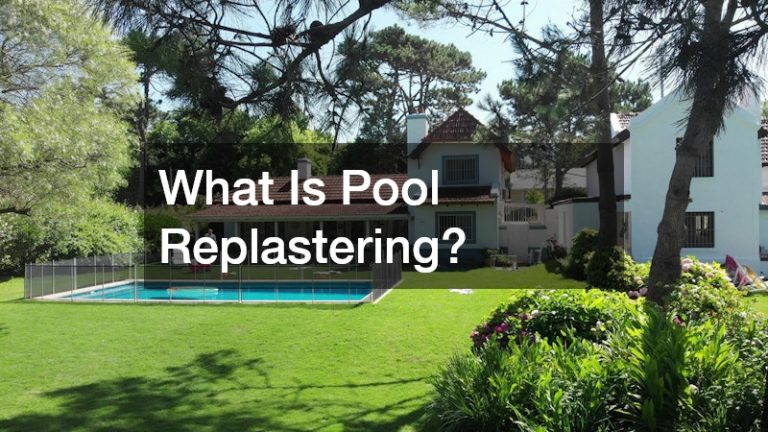

Living in a historic home offers a unique blend of character and comfort. However, these older structures can sometimes be energy hogs, leading to higher utility bills and a larger environmental footprint. The good news is that saving energy at home in a historic dwelling doesn’t require sacrificing its charm. Here are some key strategies to consider:
Debunking the Window Replacement Myth
Many people believe that replacing older windows with modern, energy-efficient ones is the best way to improve a historic home’s energy efficiency. However, this approach can be expensive and often unnecessary.
Older windows, particularly those made with high-quality wood, are often surprisingly good at insulating a home. Additionally, replacing them can significantly alter the character of a historic structure.
Instead of wholesale replacement, consider restoration. Many older windows can be repaired and resealed, significantly improving their energy performance without sacrificing their historic value. Look for professionals experienced in historic window restoration who understand the importance of preserving the original materials and aesthetics.
Prioritize Insulation for Maximum Impact
While windows may not be the biggest energy culprit, a lack of insulation in walls and ceilings can be. Adding insulation is one of the most cost-effective ways to improve energy efficiency in a historic home. However, the type of insulation used is crucial. Traditional fiberglass batts are not ideal for historic structures, as they can trap moisture and damage the building materials.
Opt for breathable insulation materials like cellulose or rockwool. These materials allow the house to “breathe,” preventing moisture build-up and potential rot. Blown-in cellulose insulation is a great option for attics, while rockwool batts are well-suited for walls. Always consult with a professional experienced in insulating historic homes to ensure the chosen material and installation method are appropriate.
Addressing the Crawl Space Challenge
Crawl spaces in historic homes can be a significant source of energy loss and moisture problems. Cold air and dampness can seep up from the ground, making the entire house feel uncomfortable and leading to higher heating and cooling costs. Encapsulating the crawl space can address these issues.
This process involves sealing the crawl space with a vapor barrier, such as a heavy-duty plastic sheet. This helps prevent moisture from entering the living space and improves overall thermal performance. Additionally, consider insulating the crawl space floor with rockwool batts for further energy savings.
Upgrading Your HVAC System
Heating and cooling systems are a major consumer of energy in any home. If your historic home has an older, inefficient HVAC system, upgrading to a newer, more energy-efficient model can significantly reduce your utility bills.
Look for Energy Star-certified HVAC systems, which are designed to operate with lower energy consumption. Consider a variable-speed furnace or air conditioner, which can adjust their output based on the heating or cooling needs of the house, further improving efficiency.
While upgrading your HVAC system can be an investment, the long-term savings on energy bills can make it worthwhile.
Beyond the Basics: Additional Energy-Saving Tips
Here are some additional strategies to consider for saving energy at home in your historic dwelling:
- Weatherize your home: Seal air leaks around windows, doors, and other openings with caulk or weatherstripping.
- Upgrade your lighting: Replace incandescent bulbs with LED alternatives, which use significantly less energy and last longer.
- Install a programmable thermostat: This allows you to adjust the heating and cooling settings when you’re away from home or sleeping, preventing unnecessary energy use.
- Embrace natural light: Take advantage of natural daylight by opening curtains during the day and using skylights if possible.
- Adjust your water heater temperature: Lowering the water heater temperature slightly can help you save energy without sacrificing comfort.
Working with Professionals
When making energy-efficiency upgrades to your historic home, collaborating with professionals experienced in historic preservation is crucial. These professionals can help you identify areas for improvement while ensuring your chosen methods are compatible with the historic fabric of your home.
An architect or contractor specializing in historic restoration can advise you on appropriate insulation materials, window restoration techniques, and other strategies to improve energy efficiency without compromising the historical integrity of your dwelling.
Living Sustainably in a Piece of History
By implementing these strategies, you can significantly improve the energy efficiency of your historic home without compromising its unique character. Saving energy at home benefits not only your wallet but also the environment.
Embrace the charm and craftsmanship of your historic dwelling while making it a more comfortable and sustainable place to live. With a little planning and the right approach, you can enjoy the best of both worlds: historic character and modern energy efficiency.
.



